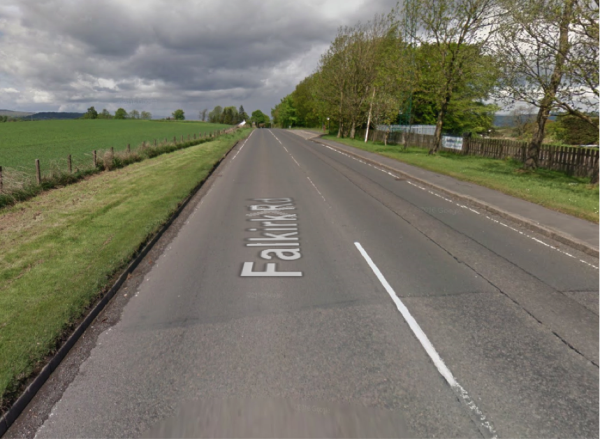Buck v Ainslie & Anor [2017] CSOH 73
 Jane Ainslie was driving home one night after working the backshift at a supermarket in Stirling.
Jane Ainslie was driving home one night after working the backshift at a supermarket in Stirling.
It was early January and conditions were dark but this was her usual route home and she frequently drove along this road in such conditions. She was using her full beam headlights and travelling at around 50mph.
Suddenly, when she had reached a point of the road that was not lit by street lights, Ainslie collided with a pedestrian who had walked in front of her car. This was Leslie Buck, the pursuer. He suffered a spinal injury and memory loss as a result of the collision.
Ainslie gave evidence to the position that she had only noticed Buck after his white trainers reflected in her car headlights. Apart from these trainers, he was wearing all dark clothing.
When Ainslie did notice Buck, she attempted to avoid him by swerving her car, but this action was insufficient to prevent the collision. She described the situation as one where she had no time to think.
So - who was responsible for the accident?
The Judge concluded that neither Ainslie nor the second defenders, her insurance company, could be held liable. He accepted Ainslie’s evidence that the first time she had seen Buck was when his shoes reflected in the headlights – in other words, when he was very close to her car. The duty imposed on drivers is not to be an ideal driver but to take reasonable care, and Ainslie’s failure to avoid the collision could not be described as a breach of this duty.
The Judge stated; “While it cannot be literally true that the pursuer ‘came out of nowhere’, I am not prepared to accept that, on the balance of probabilities, the pursuer must have been visible to the first defender at a time such as to permit her to avoid the collision.”
If liability could be established, the Judge assessed contributory negligence as high as 70% on the part of Buck given the fact that he had placed himself in the path of an oncoming vehicle, and should have known that the driver would be unable to see him. There was speculation that Buck had been attempting to commit suicide by walking in front of Ainslie’s car but this could not be claimed with certainty, and indeed, Buck denied it as a possibility. With regard to all the evidence presented, the Judge concluded that the Buck had failed to establish any negligence on the part of Ainslie and the case was dismissed.
A link to the full decision can be found here.